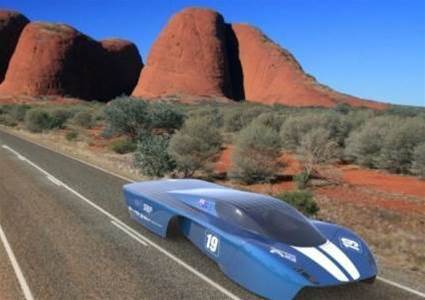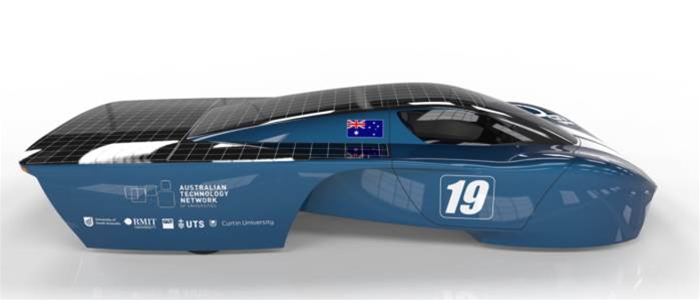The Bridgestone World Solar Challenge has been putting solar-powered cars to the test through a gruelling endurance race from Darwin to Adelaide for over 30 years, but now it will also be testing a new energy management platform with commercial and residential applications.

The system was developed by University of South Australia PhD student Erika Belchamber to carefully balance solar input, battery storage potential and energy output to improve racing teams’ odds of taking home the title.
“In the race, the system ensures we travel the maximum distance each day with the available amount of light, getting the greatest efficiency from the solar energy,” Belchamber said.
“But equally, you can think of a house with solar panels and a battery as a solar car without wheels, so everything we explore through the race will be applicable for renewable energy use in the wider world.”
Energy providers have already expressed interest in the system as a way of maximising the value of renewable energy sources like wind and solar that have variable inputs due to things like weather conditions and climate.
Belchamber said it would achieve the best outcome for power producers and users by combining energy tariff information with rapid “rapid input predictions based on the best and worst possible scenarios for generation”, deciding whether its best to use the energy being made or store it for later.
“You could tailor the efficiency of the system in different ways, such as to be the most cost-effective for the end user, or to use the most renewables possible,” she added.
Such a system would also be invaluable for the growing number of households installing solar panels coupled with batteries like the Tesla Wall, helping them save enough power to get through the night while also earning money by feeding back into the grid.
Belchamber’s system will be put through its paces on the 3,000km-long World Solar Challenge in October this year, being used on a ‘cruiser class’ solar car developed by the Australian Technology Network of Universities (ATN), with team members from UniSA, QUT, UTS, Curtin Uni, and RMIT.
Cruiser class vehicles most closely resemble a typical sedan, with ATN’s model nearing completion at RMIT in Melbourne.
The car is set to undergo road testing next month, before heading up to Darwin to kick-off the week-long race on October 13.



_(20).jpg&h=140&w=231&c=1&s=0)
.png&h=140&w=231&c=1&s=0)





_(26).jpg&w=100&c=1&s=0)

 iTnews Executive Retreat - Security Leaders Edition
iTnews Executive Retreat - Security Leaders Edition












_(1).jpg&h=140&w=231&c=1&s=0)



